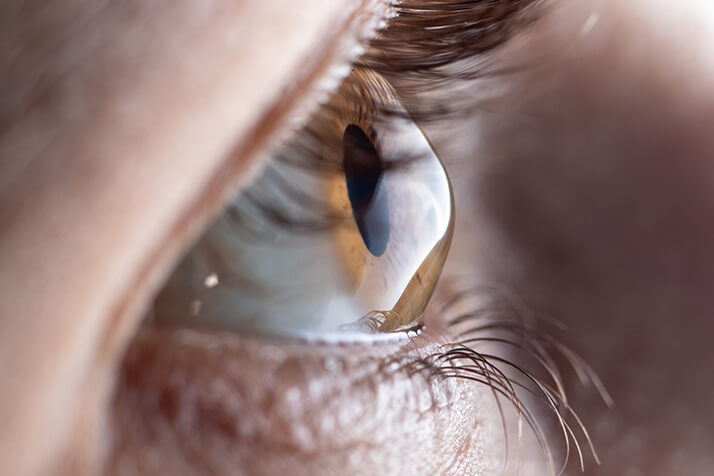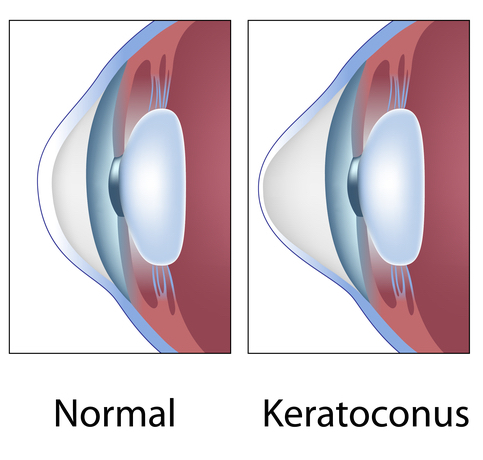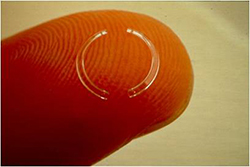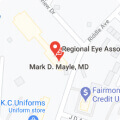
What is Keratoconus?
Keratoconus is an eye disease that causes the cornea of the eye to thin out. This causes the normal spherical shape of the cornea to become irregular and protrude in a cone-like fashion.
This irregular shape distorts the light passing through the eye, causing the person blurred vision.
Keratoconus is a progressive disease that often develops in your teens and continues to gradually worsen over time. As the disease worsens, it causes irregular astigmatism that in many cases cannot be corrected with lenses alone. The condition usually affects both eyes to some degree.
What Causes Keratoconus?

The exact cause of the corneal tissue thinning has yet to be The exact cause of the corneal tissue thinning has yet to be established. Keratoconus can affect anyone, but there are a few risk factors that can increase the odds of developing the disease. These include:Heredity – If someone in your family has keratoconus, your chances of developing the disease increase.
Overexposure to ultraviolet rays
Poorly fitted contacts
Chronic eye rubbing
Certain diseases, including atopic disease and connective tissue disorders
Down Syndrome
Treatment of Keratoconus
Keratoconus Treatment Can Be Divided Into Three Tiers:
Types of Treatments for Keratoconus
Corneal Cross-Linking
Corneal Cross-Linking is a treatment for Keratoconus.
In corneal cross-linking, our physician will use eyedrop medication and ultraviolet (UV) light from a special machine to make the tissues in your cornea stronger. The goal is to keep the cornea from bulging more. It’s called “cross-linking” because it adds bonds between the collagen fibers in your eye. They work like support beams to help the cornea stay stable.
Corneal cross-linking is the only treatment that can stop progressive keratoconus from getting worse. And it may help you avoid a corneal transplant.
If all other options have been exhausted, then a patient may reach the point where a corneal transplantation is necessary.
Intacs

Intacs are FDA approved to treat keratoconus. In the past, a corneal transplant would be the only option for vision correction for those with keratoconus that has progressed enough deteriorate vision and make contact lenses and glasses an intolerable option. Now Intacs corneal implants may an option to stabilize the cornea, improve vision and potentially defer the need for a corneal transplant.
Once inserted, Intacs cannot be felt by the patient, and they are no more visible than contact lenses. No upkeep or maintenance is required. In many cases, the patient’s vision can be improved to the point that the glasses and contact lens requirements can be greatly reduced.






